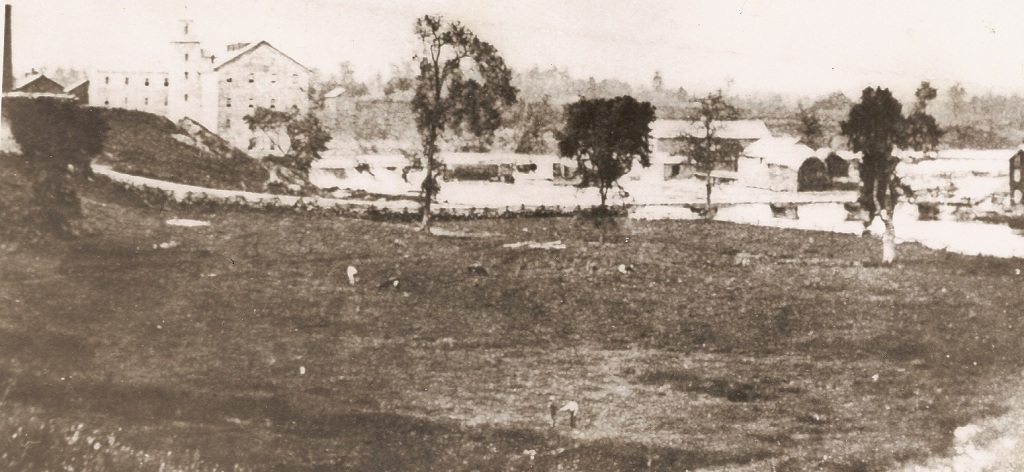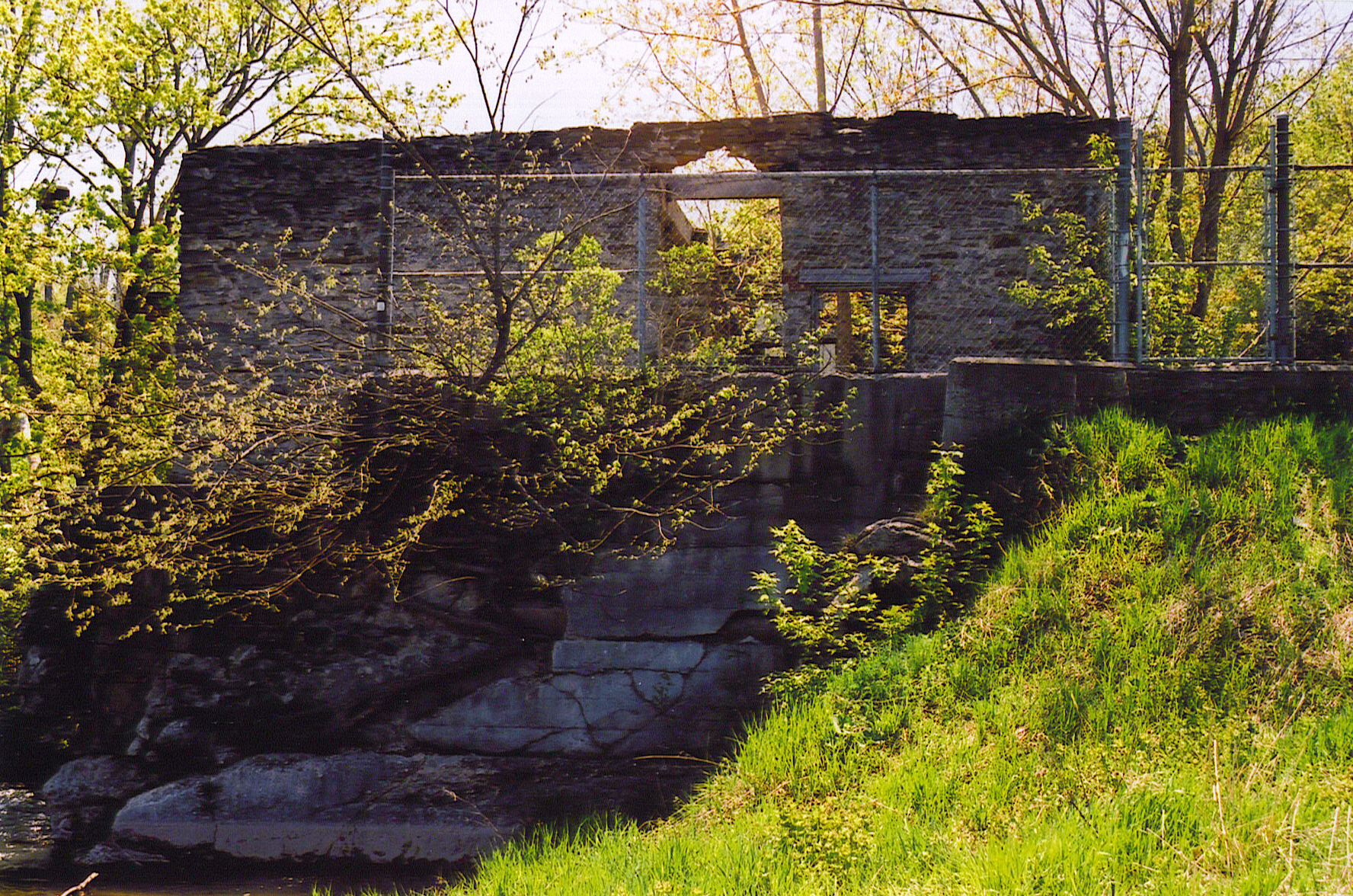There is a street towards the north end of Streetsville called Ontario Street. To many, it is the extension on Church Street as it connects back to Queen Street. Ontario Street itself is one of the only remaining connections on the landscape to the historic enterprises of prominent Hyde family of Streetsville.
Heman and Mary Hyde arrived in Streetsville from Vermont in the early 1820s, settling near the north end of Streetsville. Heman and Mary opened the first hotel in Streetsville in 1824, located at the corner of Queen Street and what would become Ontario Street – so named after their hotel, the Ontario House. They were granted the first liquor licence in Streetsville on May 6, 1824. Locally it became known as “Mother Hyde’s” as Mary Hyde became well known for her fare, and the hotel prospered.

Heman and Mary Hyde had three sons: Nathan Blood (1806-1846), John Church (1811-1876), and Alvin (1820-1892). When Heman passed away in 1836, John Church Hyde took over operation of the family enterprises, which included the hotel, a general store, a boarding house and stable. In 1847 the Hyde’s sold their hotel, which allowed them to focus on a new business endeavour – milling. The old hotel burned a few years later.
John purchased 35 acres in 1850 along the Credit River at the foot of Ontario Street, and built a substantial grist mill, and also purchased an adjacent 7 acres from Richard Caslor, along with his sawmill. The flour mill was imposing – 6 storeys, the bottom 30 feet of which were made of stone, housing four grindstones, which was more than any other nearby mill. Within a year, with business flourishing for both the flour mill and sawmill, he added a stave factory and cooperage. The family also enlarged their general store, called the Ontario Warehouse. The industrial complex itself was called Ontario Mills. The street, which led to the mills, became known as Ontario Street.
John Church Hyde, much like his father, was a moving force in the village. He served on village council, and also as the Reeve of Toronto Township (historic Mississauga) from 1857 to 1859, and again in 1861.
At the end of the Crimean War in 1856, like many other millers, John was nearly ruined by the plunging wheat market, however his diversified interests where able to keep his head above water for some time, and by 1859 he had rebounded, and once again entered the hotel business, building a new large hotel at the southeast corner of Queen Street and Ontario Street known as the Reciprocity Hotel. The Reciprocity was a fine establishment – 3-storeys, built of brick, consisting of 60 rooms and a large ballroom, and was one the largest hotels in the vicinity.
In 1862 John’s holdings were acquired by William Gooderham of Gooderham and Worts, and the mill was converted to a flax mill. The mill suffered a fire in 1867, was rebuilt, and in 1883 was sold to James Bonham. As for John Hyde himself, John and wife Helen (Rutledge) and their family relocated to Petrolia, Ontario in the late 1860s, where John explored business interests in oil.

John Church Hyde died in 1876. On December 8, 1876 the Brampton Conservator told of the final chapter in the life of John Hyde who had once been called the moving spirit of Streetsville and described him as an “… upright man, a true friend of the friendless, and one whose hand was always open to render assistance to the needy.”
The site of John’s mill was revived in 1907 with the building of a new dam across the Credit River and conversion of the mill to generate electricity, and operated until 1975.

The original stone walls of the lower part of John Church Hyde’s Ontario Mills remain as a visible ruin along the Credit River today, and the name Ontario Street survives as permanent reminder on the landscape.
There is no known picture of John Church Hyde.




Comments are closed.